#old kingdom
Text
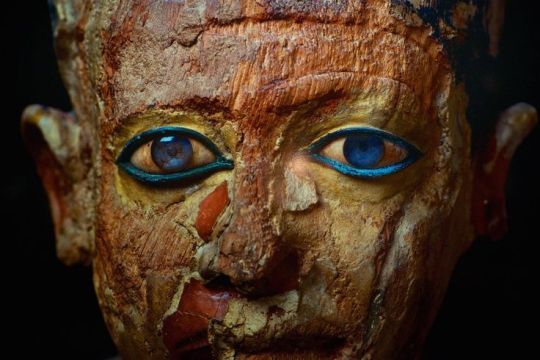
Statue of Metri as a Scribe
Old Kingdom, 6th Dynasty, ca. 2345-2181 BC.
From Saqqara necropolis.
Now in the Egyptian Museum, Cairo. JE 93165
Read more
21 notes
·
View notes
Text


Lirael by Tommy Arnold
#tommy arnold#garth nix#lirael#sabriel#old kingdom#abhorsen#i looooove tommy arnold's art he's just so good#and lirael is my favorite old kingdom book i need to reread it
3K notes
·
View notes
Text

Tomb Wall Fragment Depicting Donkeys
Egyptian, Old Kingdom, Dynasty 5 (about 2504–2347 BCE)
This fragment is part of a scene of donkeys being driven over grain to separate wheat from chaff- one that was used in many Egyptian tombs. The tomb’s owner selected the decoration for his or her tomb chamber from a selection of established themes, much as one might select wallpaper today.
627 notes
·
View notes
Text

~ Bundle of Hair Extensions.
Date: ca. 2114-1502 B.C.
Period: Old Kingdom-early New Kingdom; 16th-18th Dynasty
Medium: Human hair, linen
▪︎ From the source: These hair extensions would have been placed in a tomb for use in the afterlife. In this world, Egyptians used extensions to make their wigs or natural hair thicker and more attractive, just as people do today. The reliefs in this case show hairdressers adding extensions like these to the hair or wig of Queen Neferu.
#ancient#ancient art#history#museum#archeology#ancient egypt#ancient history#archaeology#egyptian#egyptology#egypt#bundle of hair extensions#extensions#fake hair#queen tiye#old kingdom#new kingdom#16th Dynasty#18th dynasty#human hair#ca. 2114 b.c.#ca. 1502 b.c.
2K notes
·
View notes
Text
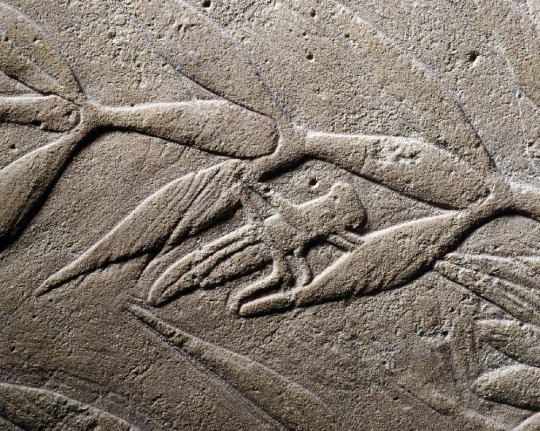
I feel we all need to see the 1,5 cm long grasshopper from the mastaba tomb of Hetepherakhet again
765 notes
·
View notes
Text
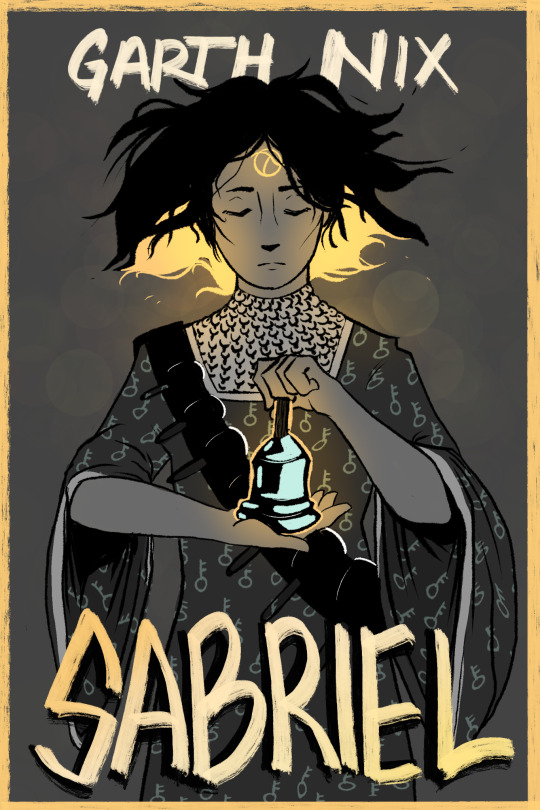

Does the walker choose the path or does the path choose the walker?
443 notes
·
View notes
Text
I know the answer is "magic" but I still wonder how Old Kingdom necromancers and abhorsens don't get tissue damage from all that ice buildup. <- posts I acknowledge Nicholas Sayre would also make
#Sam walking in on Lirael in a trance and Nick prodding her with an instant read thermometer:#you know walking in on you making out would be less weird#Nick: glad you're here! there's not enough moisture in the air to create all this ice.#the water must be coming over from Death somehow. I want to take samples but I need a spelled contai-#oh you're walking away#old kingdom
389 notes
·
View notes
Text
#random poll#book poll#the spiderwick chronicles#rangers apprentice#everworld#his dark materials#redwall#charlie bone#the inheritance cycle#sisters grimm#artemis fowl#the song of the lioness#old kingdom#reading poll#early 2000s
420 notes
·
View notes
Text
an average standing next to me performance in 25th century BC

this is a depiction of Niankhkhnum and Khnumhotep, two egyptian men who served under the sixth pharaoh of the fifth dynasty with the title of 'overseer of the manicurists' from their tomb in saqqara, egypt. they are thought to be the oldest depiction of a gay couple in ancient history by some scholars- they were buried together, called 'royal confidants' and shown in poses usually common from married het couples. others, of course, said they were just bros
75 notes
·
View notes
Text
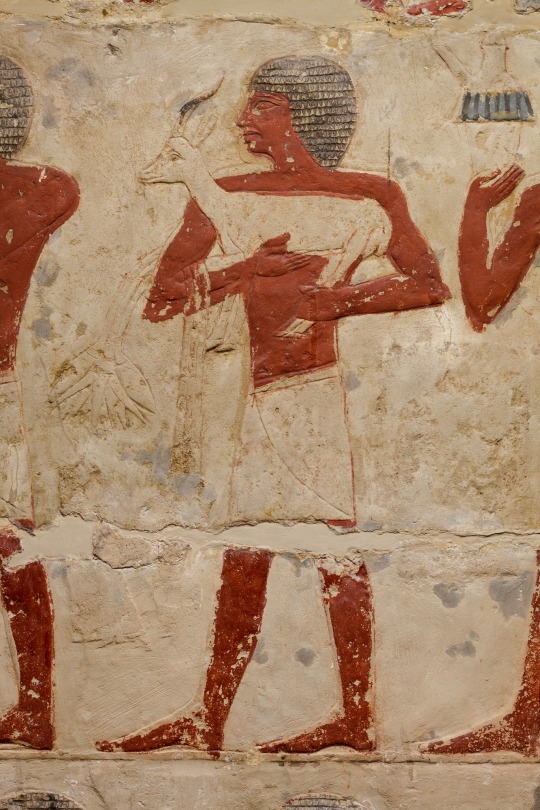
A man brings a gazelle as an offering to the palace administrator Perneb. Scene (painted limestone) from Perneb's tomb at Saqqara, dating to ca. 2381-2323 BCE (5th Dynasty, Old Kingdom). Purchased from the Egyptian government in 1913 and now in the Metropolitan Museum of Art, NYC.
#art#art history#ancient art#Egypt#Ancient Egypt#Egyptian art#Ancient Egyptian art#5th Dynasty#Fifth Dynasty#Old Kingdom#tomb painting#Saqqara#Metropolitan Museum of Art
230 notes
·
View notes
Text

Old ink drawing of Lirael
964 notes
·
View notes
Text
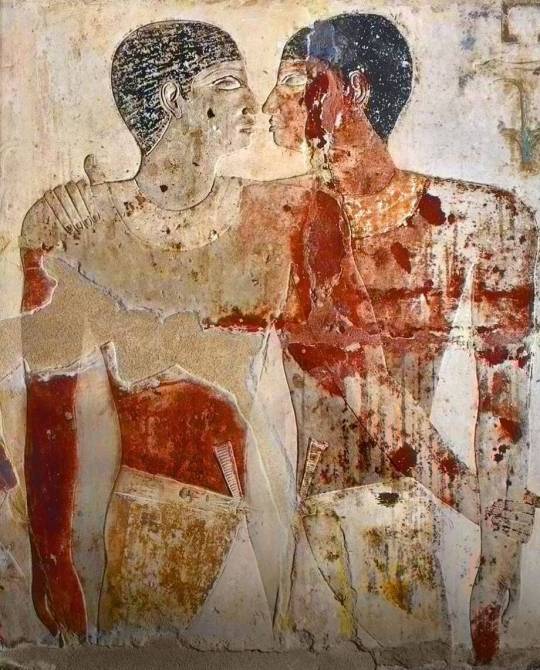
Relief depicting Khnumhotep and Niankhkhnum
Old Kingdom, 5th Dynasty, ca. 2498-2345 BC.
Saqqara necropolis.
319 notes
·
View notes
Photo

Sabriel - Tommy Arnold
2K notes
·
View notes
Text
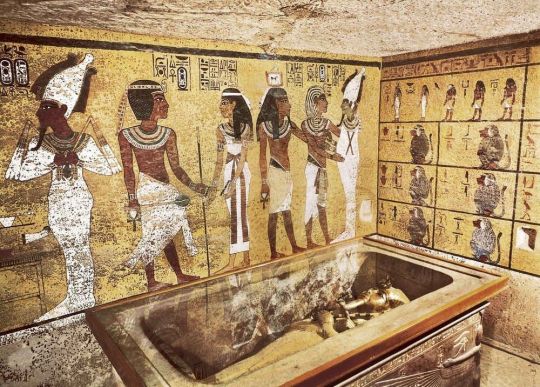
‘Curse’ Behind King Tutankhamun’s Tomb Mysterious Deaths Finally Solved
The unsettling curse of King Tutankhamun’s tomb in Egypt has bewildered archaeologists since it’s been feared to be linked to the mysterious deaths of multiple excavators who discovered it in 1922.
However, a scientist now claims to have solved the mysteries of the infamous “Pharaoh’s Curse” more than 100 years later.
Toxic levels of radiation emanating from uranium and poisonous waste are believed to have lingered inside the tomb since it was sealed over 3,000 years ago, Ross Fellowes wrote last month in the Journal of Scientific Exploration (JSE).

The burial chamber in the tomb of Tutankhamun, near Luxor, Egypt.
The radiation level inside Tutankhamun’s tomb is so high that anyone who comes in contact with it could very likely develop a fatal dose of radiation sickness and cancer.
“Both contemporary and ancient Egypt populations are characterized by unusually high incidences of hematopoietic cancers, of bone/blood/lymph, for which a primary known cause is radiation exposure,” Fellowes wrote in his study.
However, this radioactivity isn’t isolated to Tutankhamun’s tomb.
Fellowes revealed that “unusually high radiation levels have been documented in Old Kingdom tomb ruins” and spread throughout sites in Egypt.
“Radiation has been detected by the Geiger counter at two sites at Giza adjacent to the pyramids,” he wrote, adding that radon — a radioactive gas — has also been detected in “several underground tombs at Saqqara.”
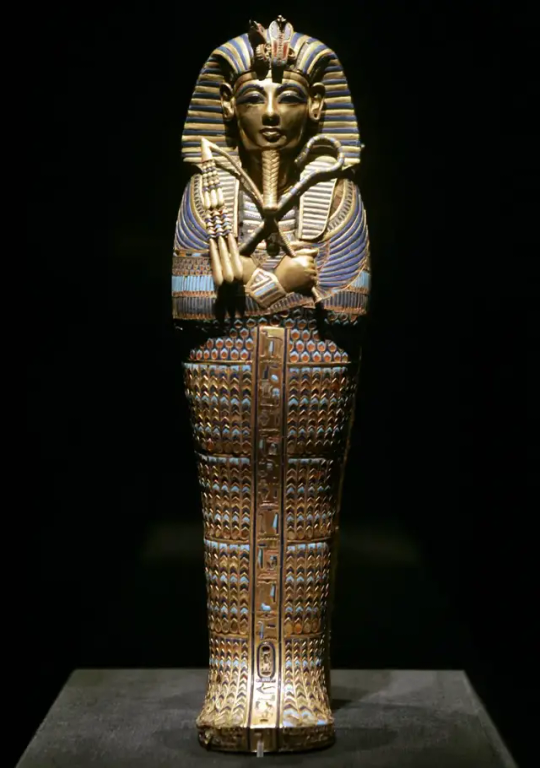
The “Coffinette for the Viscera of Tutankhamun,” which contained the king’s mummified liver, depicts him as Osiris, holding a crook and flail.

Medical imagery of Tutankhamun is shown above a replica of King Tut’s skull on display during the “Tutankhamun And The Golden Age Of The Pharaohs” at the Los Angeles County Museum of Art in California.
These readings were all found to be “intensely radioactive.”
“Modern studies confirm very high levels of radiation in ancient Egyptian tombs, in the order of 10x accepted safety standards,” the study shared.
It’s also theorized that those who built the ancient tombs were aware of the toxins based on the eerie warnings carved on the walls.
“The nature of the curse was explicitly inscribed on some tombs, with one translated presciently as, ‘they that break this tomb shall meet death by a disease that no doctor can diagnose,’” Fellowes wrote.
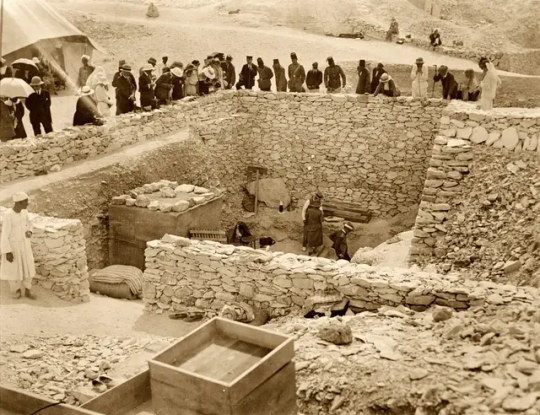
Outside the tomb of Tutankhamun during the 1922 excavation in the Valley of the Kings in Egypt.
Other ominous translations like “forbidden” because of “evil spirits” may have significantly fueled the fear that supernatural curses lingered in the ancient sites.
Those fears intensified with the mysterious deaths of Lord Carnarvon, who funded the excavation in 1922 and reportedly walked through the treasured filled rooms — and multiple others after they unsealed the tomb.
“Carnarvon was dead within a few weeks of the uncertain diagnosis of blood poisoning and pneumonia,” Fellowes wrote.
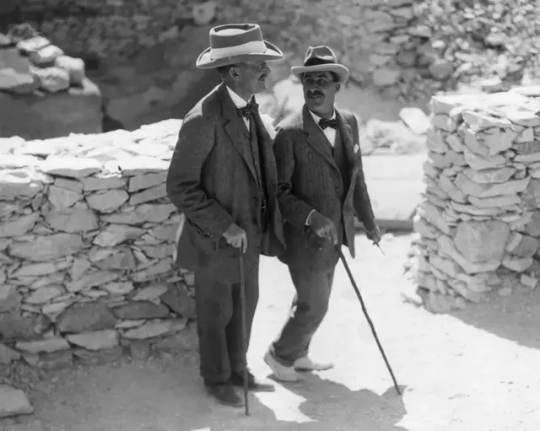
Egyptologist Howard Carter (R) walks with archaeologist Lord Carnarvon, the patron of his research, outside the tomb of King Tutankhamun in 1922.
Egyptologist Arthur Weigall allegedly told colleagues that Carnarvon would “be dead within six weeks” upon entering, the study claimed.
Howard Carter, the first person to walk inside Tutankhamun’s tomb with Carnarvon, died in 1939 after a long battle with Hodgkin’s lymphoma, which was suspected to be caused by radiation poisoning.
British Egyptologist and independent excavator Arthur Weigall was present at the opening of Tut’s Tomb and is also credited with starting the ‘myth’ of the curse.
He died of cancer at 54 years old in 1934.
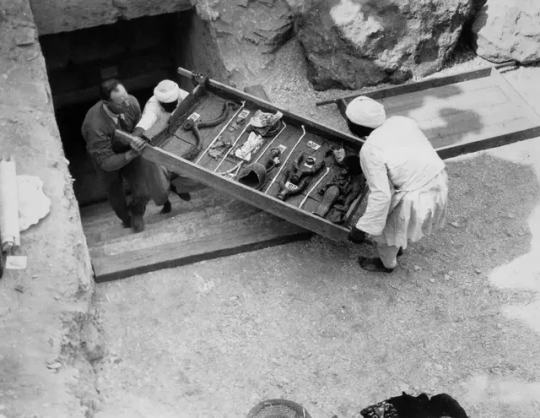
Workers remove a tray of chariot parts from the Tomb of Tutankhamun in the Valley of the Kings, Egypt, in 1922.
In total, six of the 26 people present when the tomb was opened died within a decade from asphyxia, stroke, diabetes, heart failure, pneumonia, poisoning, malaria and X-ray exposure.
While the deaths can be seen as odd, the curse theory was also likely fueled by the oddities that happened when it opened.
Carnarvon had reportedly suffered a mosquito bite that became severely infected.
Around the time excavators opened the tomb, Cairo reportedly suffered a bizarre power outage and a freak sandstorm, according to National Geographic.’
At one point during the excavation, Carnarvon’s favorite dog allegedly let out a chilling howl and suddenly dropped dead.
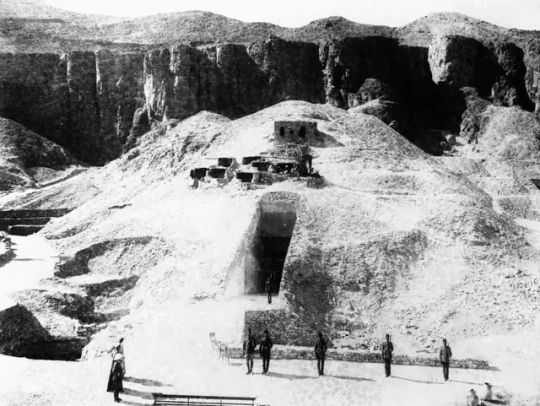
A photograph showing guards standing outside the tomb of Tutankhamun in Egypt in 1922.

A sacred cow being removed from Tomb of Tutankhamun in 1922.
From a historical perspective, the discovery of the tomb in the Valley of Kings is considered one of the most fascinating finds that gave modern society a glimpse into the Egyptian royalty voyage into the afterlife.
Five thousand items, including solid gold funeral shoes, statues, games, and strange animals, were discovered inside Tutankhamun’s tombs.
It would take the excavators ten years to clear the tomb of its treasure.
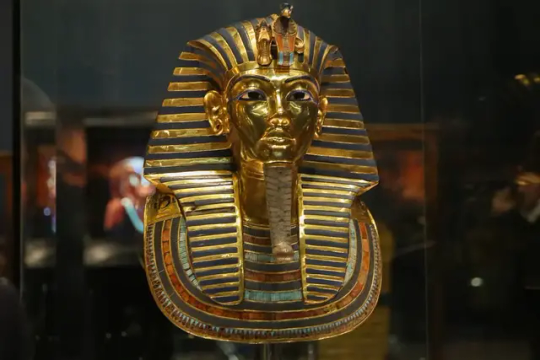
The golden funerary mask of Tutankhamun.
The unsealing and studying of the tomb is also credited with launching the modern era of Egyptology.
Tutankhamun took the throne as pharaoh around nine or ten years old and ruled between 1332 BC and 1323 BC.
However, he died by the time he turned 18.
There are no surviving records of Tutankhamun’s death and how the young pharaoh died remains a mystery.
However, Tutankhamun is suspected to have suffered from several health issues — likely linked to his father, Akhenaten, and his mother, Nefertiti, being brother and sister.
By Richard Pollina.
#‘Curse’ Behind King Tutankhamun’s Tomb Mysterious Deaths Finally Solved#King Tutankhamun#Pharaoh’s Curse#Old Kingdom#Valley of the Kings#Lord Carnarvon#Howard Carter#Egyptology#ancient artifacts#archeology#archeolgst#history#history news#ancient history#ancient culture#ancient civilizations#ancient egypt#egyptian history#egyptian mythology#egyptian pharaoh#egyptian antiquities#egyptian art
37 notes
·
View notes
Text
Modern-day Old Kingdom teen going to school in in Ancelstierre, showing off her Shein haul that she literally cannot take home for the summer or it will all fall apart
#old kingdom#like what happens when polyester is eventually developed#and electric sewing machines become ubiquitous#WellandGood when it’s still in the sort of 1920s technology realm of the book series but#eventually 99% of everything made across the wall just won’t be able to enter the kingdom
82 notes
·
View notes
Text

Not very heterosexual of you, Lirael.
79 notes
·
View notes